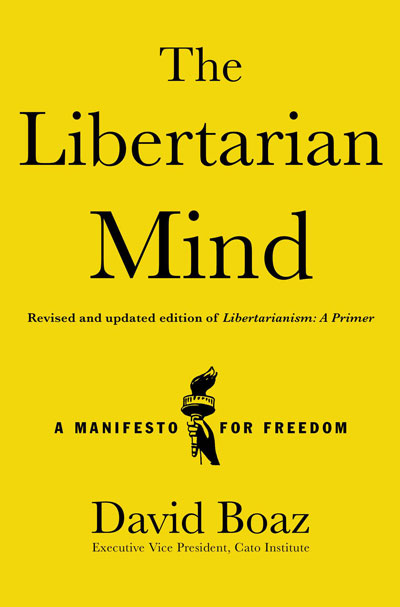How Regulations Impede Economic Mobility
Why are Americans less likely to move to better opportunities than they used to be? The Wall Street Journal reports:
When opportunity dwindles, a natural response—the traditional American instinct—is to strike out for greener pastures. Migrations of the young, ambitious and able-bodied prompted the Dust Bowl exodus to California in the 1930s and the reverse migration of blacks from Northern cities to the South starting in the 1980s.
Yet the overall mobility of the U.S. population is at its lowest level since measurements were first taken at the end of World War II, falling by almost half since its most recent peak in 1985.
In rural America, which is coping with the onset of socioeconomic problems that were once reserved for inner cities, the rate of people who moved across a county line in 2015 was just 4.1%, according to a Wall Street Journal analysis. That’s down from 7.7% in the late 1970s.
One particular problem with today’s immobility is that people find themselves in areas where jobs are dwindling and pay tends to be lower. Why don’t they move to where the jobs are? This comprehensive article for the Journal by Janet Adamy and Paul Overberg points to a few factors:
For many rural residents across the country with low incomes, government aid programs such as Medicaid, which has benefits that vary by state, can provide a disincentive to leave. One in 10 West Branch [Mich.] residents lives in low-income housing, which was virtually nonexistent a generation ago.
And then there are regulations that discourage mobility:
While small-town home prices have only modestly recovered from the housing market meltdown, years of restrictive land-use regulations have driven up prices in metropolitan areas to the point where it is difficult for all but the most highly educated professionals to move….
Another obstacle to mobility is the growth of state-level job-licensing requirements, which now cover a range of professions from bartenders and florists to turtle farmers and scrap-metal recyclers. A 2015 White House report found that more than one-quarter of U.S. workers now require a license to do their jobs, with the share licensed at the state level rising fivefold since the 1950s.
Brink Lindsey wrote about both land-use regulations and occupational licensing as examples of “regressive regulation”—regulatory barriers to entry and competition that work to redistribute income and wealth up the socioeconomic scale—in his Cato White Paper, “Low-Hanging Fruit Guarded by Dragons: Reforming Regressive Regulation to Boost U.S. Economic Growth.”
The Journal notes that
the lack of mobility has become a drag on the entire U.S. economy.
“We’re locking people out from the most productive cities,” says Peter Ganong, an assistant professor of public policy at the University of Chicago who studies migration. “This is a force that widens the urban-rural divide.”
Ganong made similar points in a Cato Research Brief, “Why Has Regional Income Convergence in the U.S. Declined?”
Declining mobility hurts U.S. innovation and economic growth and widens the rural-income culture gap. Government regulation plays a major role in declining mobility. But as Lindsey noted, those regulations are “guarded by dragons”—”the powerful interest groups that benefit from the status quo, all of which can be counted upon to defend their privileges tenaciously.” Despite the potential for agreement by right, left, and libertarian policy analysts on the problems with regressive regulation, all those wonks together may be no match for organized dentists, barbers, massage therapists, and homeowners who perceive that they benefit from keeping others out.
Posted on August 4, 2017 Posted to Cato@Liberty



